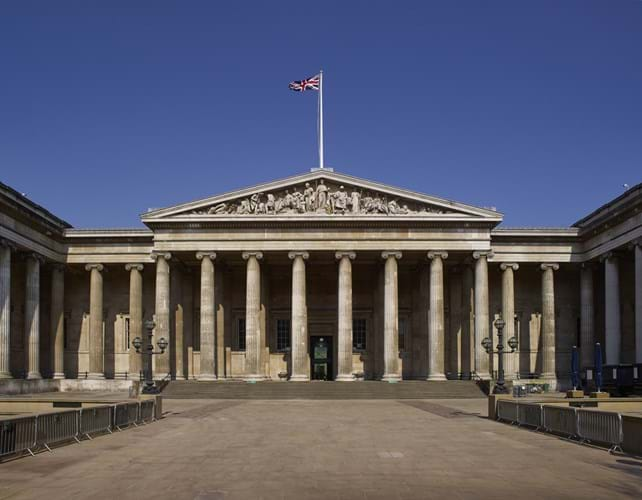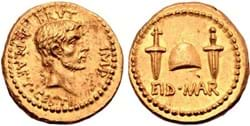
The British Museum where several items of jewellery were taken.
Image: With permission from British Museum.
Up to 2000 items are believed to be missing with reports emerging that a number have been listed on eBay.
The museum has yet to release details about what is missing but has confirmed that the majority of works were kept in its storerooms and include gold jewellery, semiprecious gems and glass dating from the 15th century BC onward.
Chairman of the International Association of Dealers in Ancient Art (IADAA) Vincent Geerling told ATG: “I think the museum should publish photographs of all items that are missing. If they do not want to do it on their website, they should at least make photographs available as soon as possible to the dealer associations, who can distribute them to their members, and to all relevant auction houses and internet auctions.”
With such a large number of objects missing, Geerling acknowledged that taking an inventory and finding out what has been stolen over a long period of time is not an easy task.
“I fear that the museum does not have digital photographs and or descriptions of all the missing items,” he said.
“Their best chance of recovering anything is to involve the trade and auction houses. Furthermore, the museum has to be prepared to compensate the innocent buyers and offer them to reimburse the price paid.”
As reported in last week’s ATG (No 2607), Dr Ittai Gradel, a Danish academic and dealer specialising in Roman antiquities, first raised the alarm to the museum back in 2021 after spotting a number of items for sale online.
It is thought that items from the collection have been turning up on eBay since at least 2016.
The issue led to the resignation of the museum’s director Hartwig Fischer on August 25. Fischer said: “It is evident that the British Museum did not respond as comprehensively as it should have in response to the warnings in 2021, and to the problem that has now fully emerged. The responsibility for that failure must ultimately rest with the director.”
Meanwhile, British Museum deputy director Jonathan Williams has agreed to voluntarily step back from his normal duties until the independent review into the thefts has concluded.
Lack of information
Christopher Marinello, CEO of Art Recovery International, said: “The British Museum should absolutely publish a list as soon as possible.
“The key to the recovery process is getting information out there as quickly as possible and dispersing it to organisations like Interpol, public and private databases, as well as the media.
“They could also create a website allowing the public to check for these missing items. It’s unfair to the trade not to publish a list. Some items may have already changed hands several times and may well end up in different countries.
“It’s worth remembering not every country has the necessary laws to allow for their return if the buyer can prove they were bought in good faith.”
When asked about why the museum has yet to release a list of the stolen items, Marinello said: “When it comes to these issues, museums are often reluctant to release information as it can be embarrassing. It can also affect future donations as potential patrons may worry about security concerns when gifting items.”
ATG contacted the British Museum asking a number of questions including if it would publish a list of stolen items, even an incomplete one, but no response had been received as we went to press.














